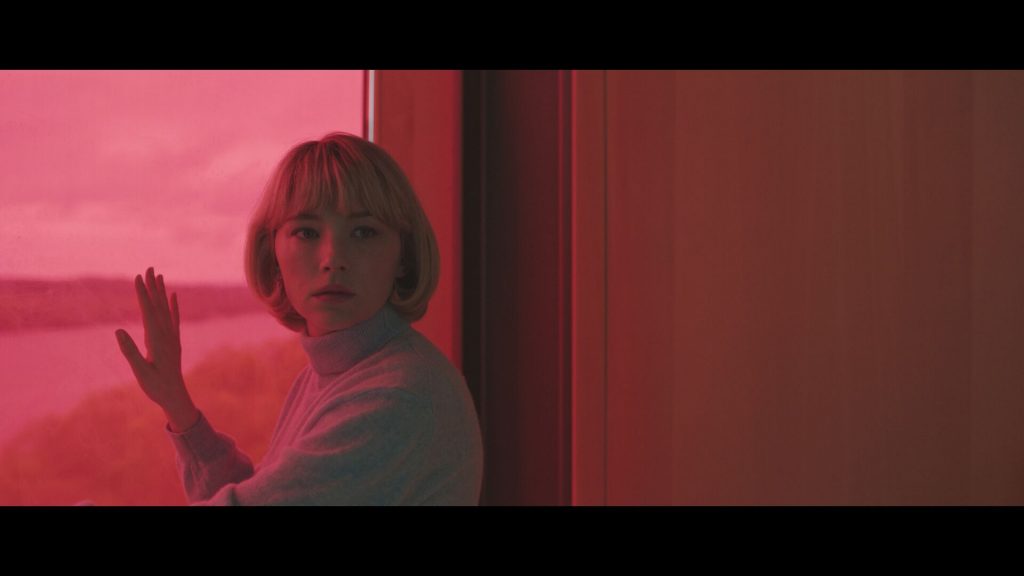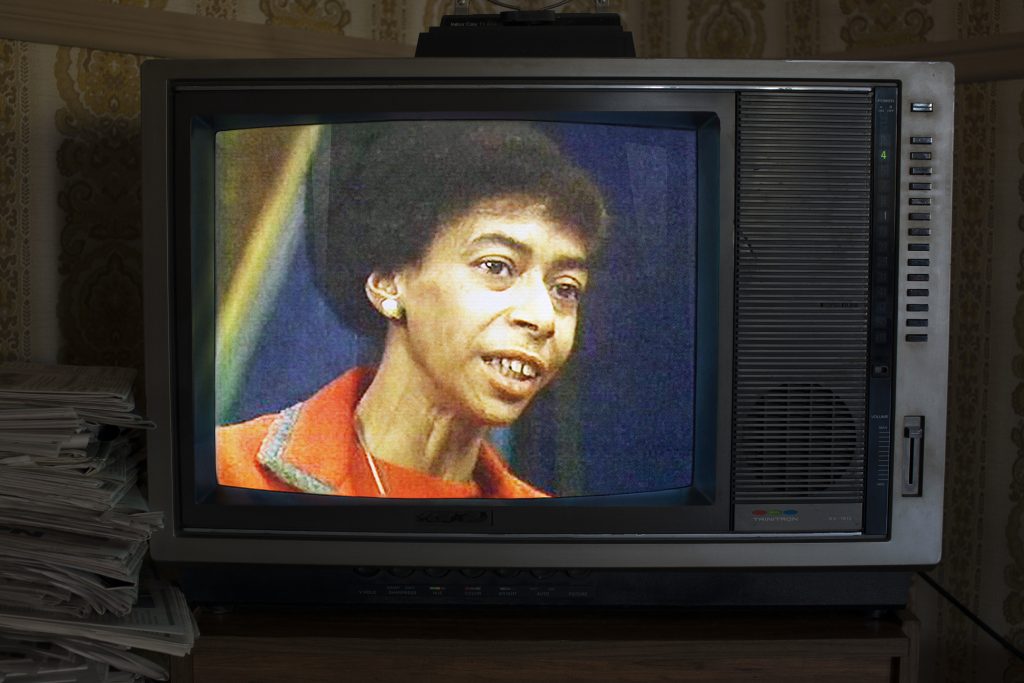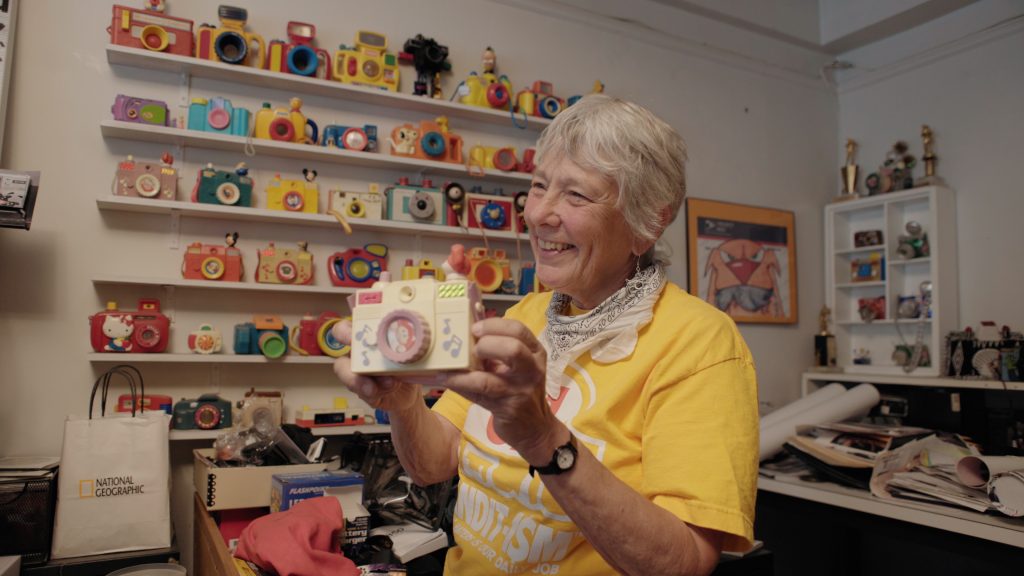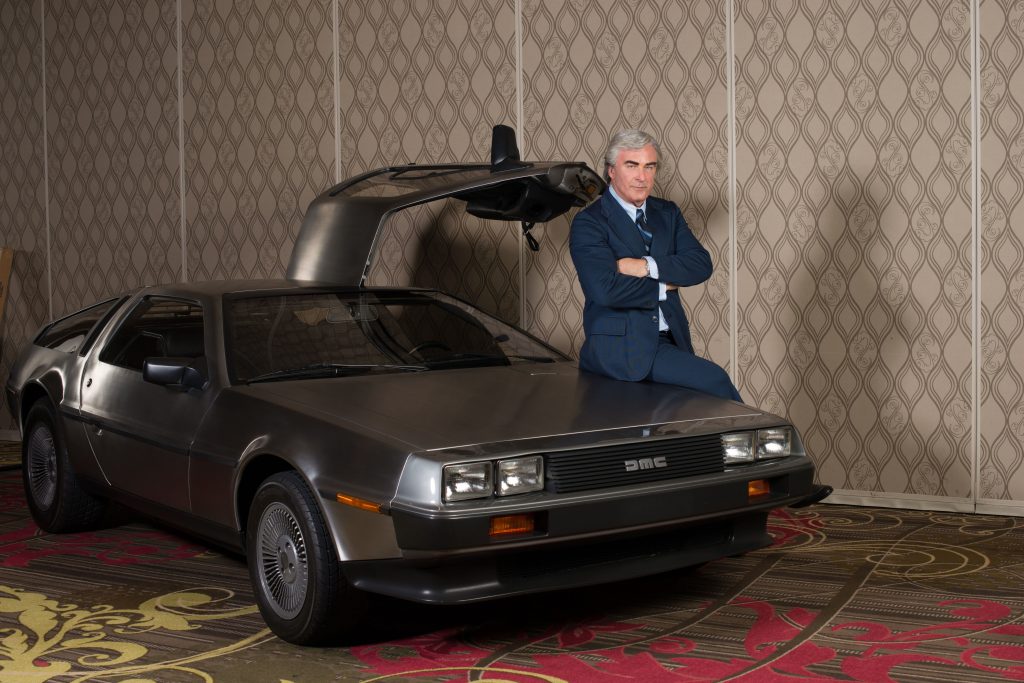May 2, 2019
by Carla Hay
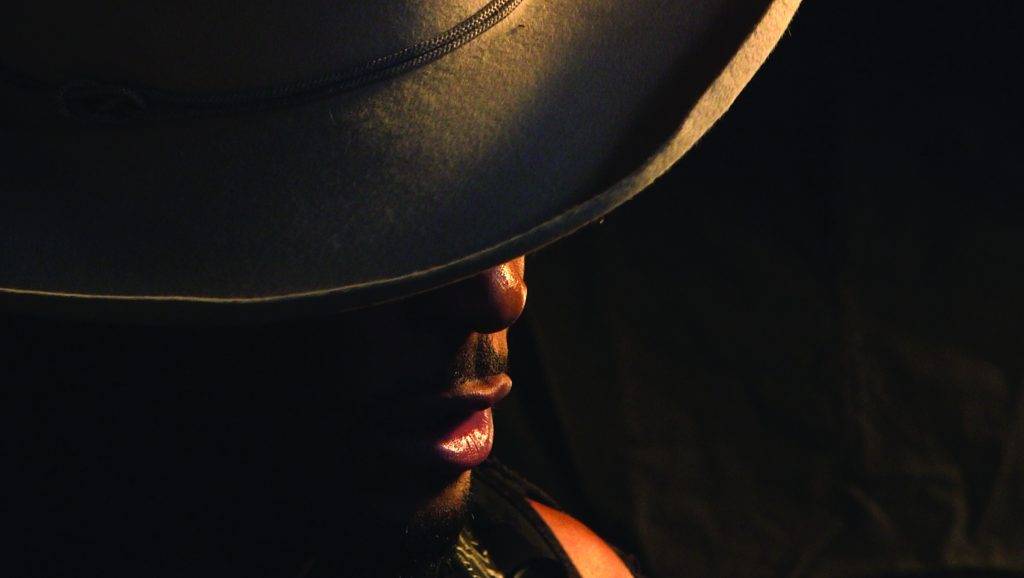
“Devil’s Pie – D’Angelo”
Directed by Carine Bjilsma
Back in the mid-to-late ‘90s, the media singled out a select number of rising R&B artists and labeled them as part of a “neo-soul” movement—artists releasing music that had something more interesting to say than bump’n’grind of acts like Bobby Brown or Jodeci or safe crossover acts like Boyz II Men or Brandy. The so-called “neo-soul” artists included D’Angelo, Erykah Badu, Lauryn Hill, Maxwell, Angie Stone and Macy Gray. D’Angelo’s first album, 1995’s “Brown Sugar,” was a critical and commercial success. His follow-up was even bigger and remains his best-selling album. By the time D’Angelo’s Grammy-winning, chart-topping second album, “Voodoo,” was released in 2000, he was on a hot streak. And he became a bona fide sex symbol, thanks largely to his naked “Untitled (How Does It Feel)” video.
But then, fame, alcohol and drugs took their toll on D’Angelo (whose real name is Michael Eugene Archer), and he went on a very long hiatus. It took 14 years before his third album (2014’s “Black Messiah”) was released. D’Angelo went on a world tour in 2015 called “The Second Coming” in support of the album. The documentary “Devil’s Pie – D’Angelo” is a chronicle of that tour.
The concert scenes are very good, but the main reason why people want to see this film is to hear D’Angelo answer this question: “What really happened when you disappeared from the spotlight for all those years?” You have to sit through the expected footage of tour rehearsals and concert performances before “Devil’s Pie” director Carine Bjilsma gets to the heart of the matter about halfway through the movie. Watching the film, it’s apparent that it took a while for D’Angelo to open up to her on camera.
D’Angelo talks about his downward spiral, which included a serious car accident and arrest for DUI and marijuana possession in 2005. He was devastated by the deaths of his beloved grandmother Alberta, his Uncle Cece, and a close friend (not mentioned by name in the film but it’s widely believed to be MTV executive Fred Jordan), who all passed away within a short period of time of each other in the early 2000s. In 2010, D’Angelo was arrested again, this time for soliciting an undercover cop posing as a prostitute. He doesn’t talk about those arrests in the film, but he does admit that his addictions were the main reasons why he faded from the public eye.
“I started going down a dark path,” D’Angelo says in the movie. “I started drinking and getting high. It was tough to get out of it.” He also says that the car accident was a “second chance” at life, and he went to rehab three times before he could get his life back in order. However, D’Angelo says with his eyes tearing up, he can’t talk about certain things because “they’re too deep.”
One of D’Angelo’s personal issues is dealing with anxiety, according to him and people interviewed in the documentary. Questlove, who was a drummer in D’Angelo’s band on the “Voodoo” tour, says of his longtime friend: “It’s a struggle for him to do simple stuff, like leave his apartment and coming somewhere to play. He has fears about being the chosen one.”
Through flashback archival footage, which is shown at different parts of this non-chronological story, we see what this “chosen one” description is all about. Raised in a strict, religious family in Richmond, Virginia, he was the son of a Pentecostal minister, and expectations were high for D’Angelo from a very early age. There is footage of him performing in church.
He was considered a musical prodigy by people close to him (he won The Apollo’s amateur contest three times in a row at the age of 13), and there was a lot of pressure put on him to pursue a religion-related career as a minister or a gospel singer. But D’Angelo chose R&B music, much to the disapproval of many of his family members. One of the key influences on him was his feisty grandmother Alberta Cox, who encouraged him to do his own thing, while other people in his family warned him not to do the “devil’s music.” (This movie’s title come from the D’Angelo’s song “Devil’s Pie” from the “Voodoo” album. “Devil’s pie” is also a phrase that can be found in the Bible’s Revelation 13 chapter describing the apocalypse.)
As for how he feels about religion now, D’Angelo says that “God, not religion” feeds his soul. We see early on in the film that he still prays (there’s the expected prayer session with his band), and he says of this ritual: “When we pray at night, it’s not a game.”
In addition to showing how religion still impacts D’Angelo’s life, this movie has a lot of talk (mostly from Questlove) about D’Angelo’s soul. Questlove says of D’Angelo: “He’s Superman, but a Kryptonite-filled Clark Kent is trapped in his soul.” In another scene, Questlove has this to say about D’Angelo’s sex-symbol status that began to overshadow the music: “Part of his soul was being consumed.” And then Questlove offers this explanation for D’Angelo’s tormented soul: “Survivor’s guilt is what every black genius wrestles with.” If D’Angelo needs someone to write a book about his soul, he might want to ask Questlove to do it.
There’s also some rare archival footage of D’Angelo in the studio recording his “Voodoo” album, with Questlove and Q-Tip hanging out in the background. Questlove says that it took a while for him to get used to D’Angelo’s avant-garde musical style: “He was blatantly, beautifully disrespectful of rhythm structure.”
Feeling emotionally paralyzed by intense pressure is a recurring theme in the story of D’Angelo, as he tells of wasted recording sessions in the years that people were expecting him to release the follow-up to “Voodoo.” There are also scenes of him backstage, usually accompanied by his hovering tour manager Alan Leeds, where it looks like D’Angelo is silently coping with stage fright before the concert starts.
There are a few signs that D’Angelo’s long hiatus means that he’s still catching up to a lot of the technological changes that affect how artists get feedback about their shows. After a concert, instead of waiting for critics’ reviews, his manager Kevin Liles explains to D’Angelo that he can just check out social-media comments about the show. Liles then shows the singer some of the comments on his phone.
The documentary also shows some of the famous guests who visited backstage during the tour, including Busta Rhymes, Dave Chappelle and Bobby Seale. Chappelle is seen asking D’Angelo how it feels to be back, which is somewhat ironic, since Chappelle took his own break from showbiz in the 2000s, after freaking out over being famous, and then made a comeback in the following decade.
Because D’Angelo has a reputation for being unpredictable, there’s a sense that his handlers are always on edge that he might disappear or be very late for a public appearance. Instead, toward the end of the movie, D’Angelo’s keyboardist Cleo “Pookie” Sample is the one who has a major flake-out, by disappearing right before D’Angelo is supposed to hit the stage at the high-profile Montreux Jazz Festival. A frantic search ensues, but they don’t find him before showtime, and D’Angelo and the band have to go on without him. The missing keyboardist isn’t seen for the rest of the movie, which means the split was not a good one.
“Devil’s Pie” ends with a mention that D’Angelo is working on his fourth studio album, but—D’Angelo fans are used to hearing this by now—no one knows yet when it will be completed or released. In the meantime, this movie will likely end up being a direct-to-video release, since a documentary about a faded R&B star’s tour from several years ago isn’t going to sell a lot of movie tickets. “Devil’s Pie” is what it is—a niche documentary made in a conventional (but not bad) way that might not have much appeal outside of die-hard D’Angelo fans.


